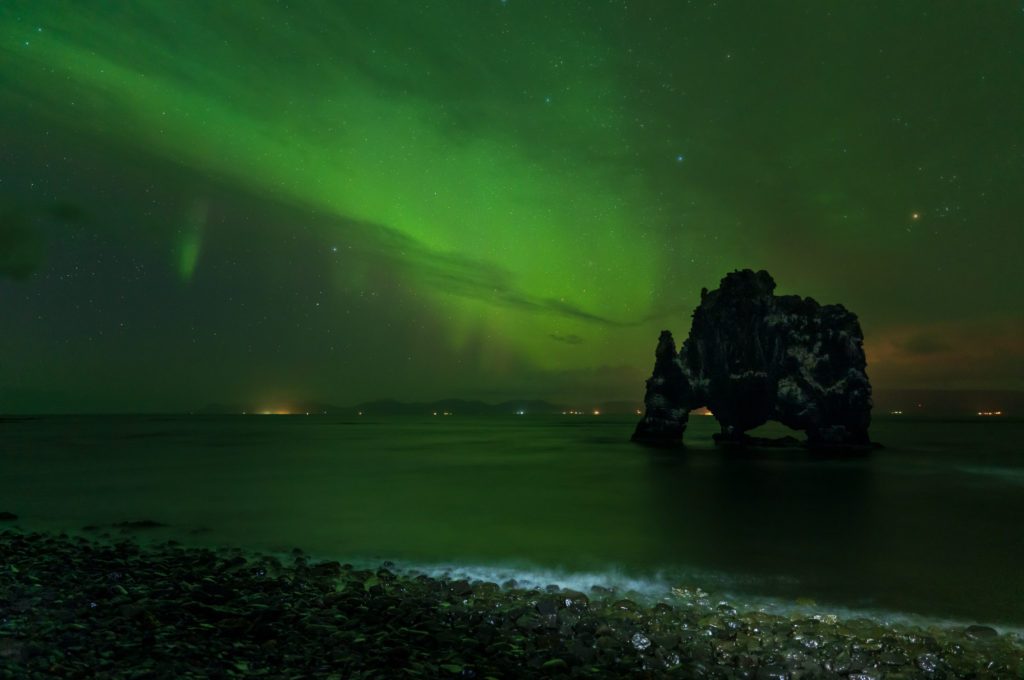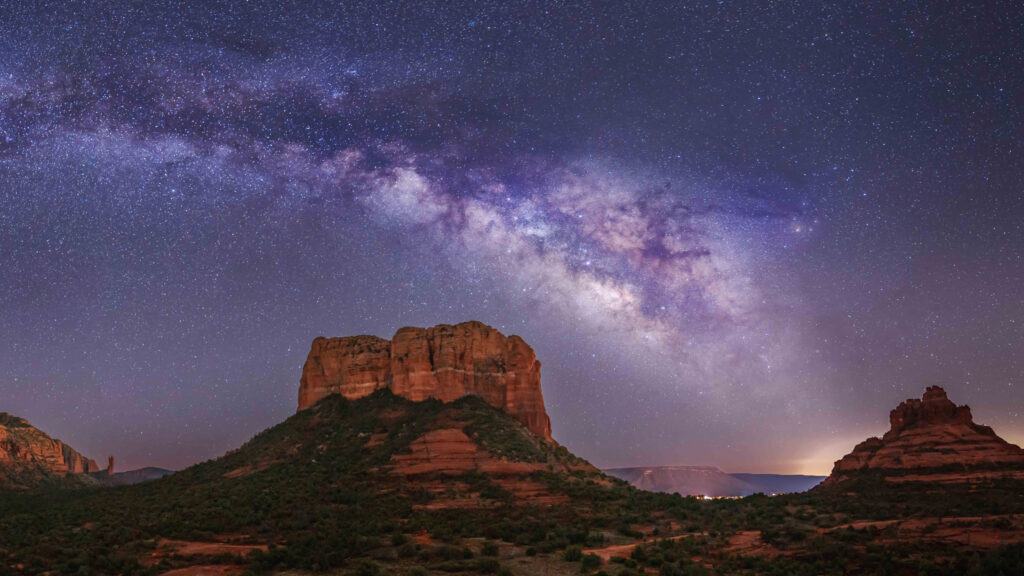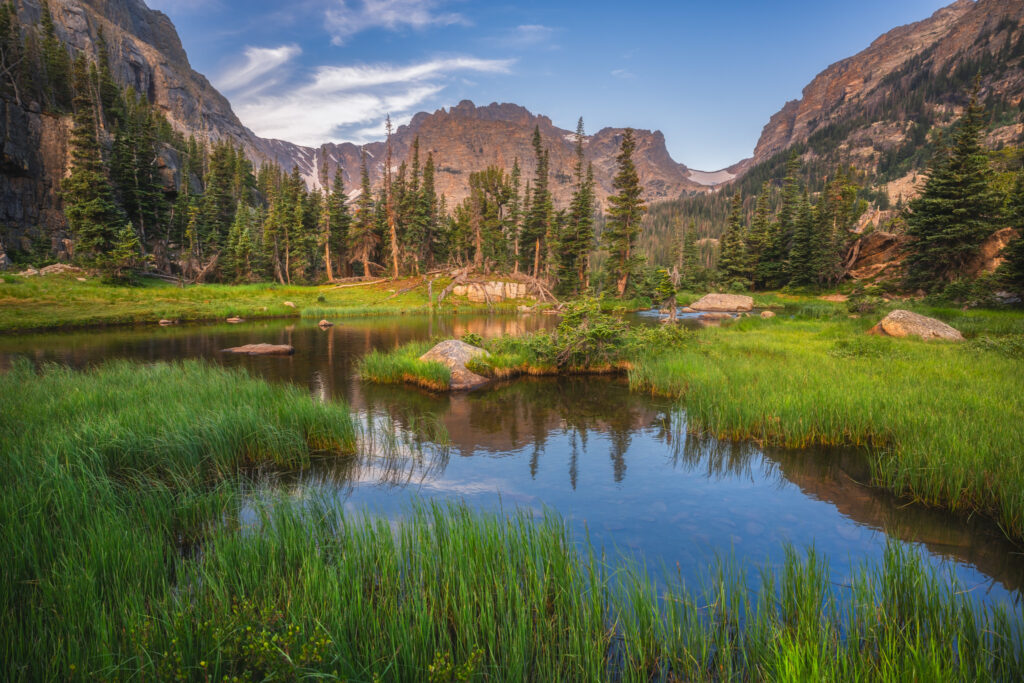The biggest challenge in low-light photography is to collect enough light before the subject moves or the light condition changes. For instance, in night sky photography, the constant rotation of the Earth slowly moves the stars across the sky. Using a wide-angle lens, the exposure on a fixed tripod is limited to 10-20 seconds before stars appear as little trails in the image. In order to freeze the Earth’s rotation and still collect enough light, we either need to increase the ISO and deal with the noise and drop of dynamic range, or open the lens aperture. The combination of having a fast lens with a wide aperture of F2 or better, and a camera that performs well in ISO of 6400 or higher, is a success key to create powerful single-exposure nightscape images, without the need of blending exposures in post-processing.
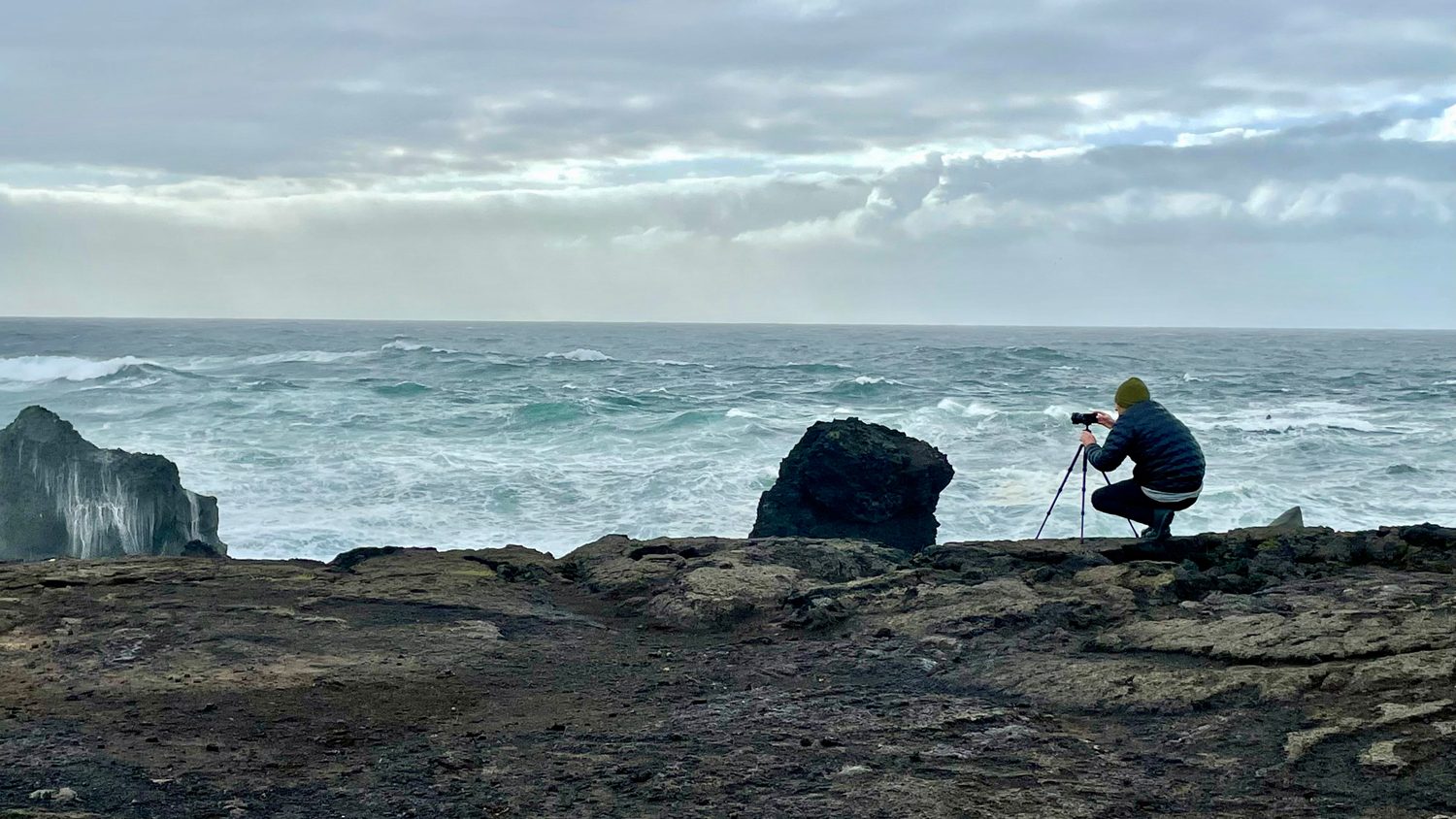
But the fastest wide-angle lenses are sizable, relatively heavy, and costly. When SIGMA suggested me to test the 24mm F2 DG DN | Contemporary lens — part of the SIGMA I series — I was not sure if this ultra-compact, three-inch long lens would be good enough at wide open aperture which is required for many of my images at night. The lens appearance and its all-metal body reminds me of the 24mm lenses I used with my SLR film cameras two decades ago, but inside it’s truly designed for modern, high-resolution digital cameras.
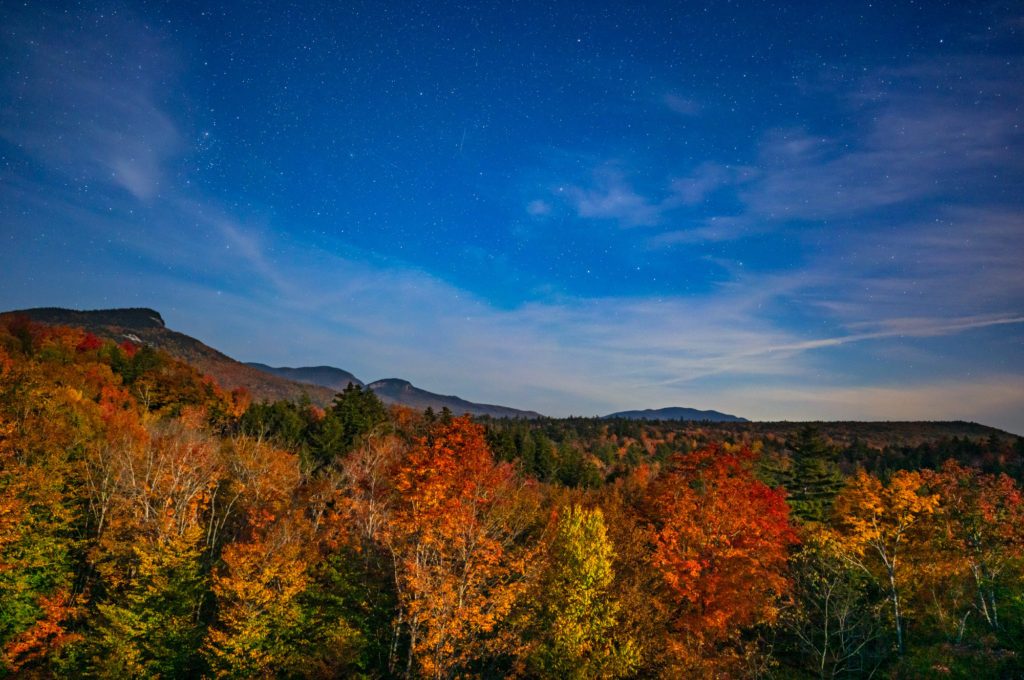
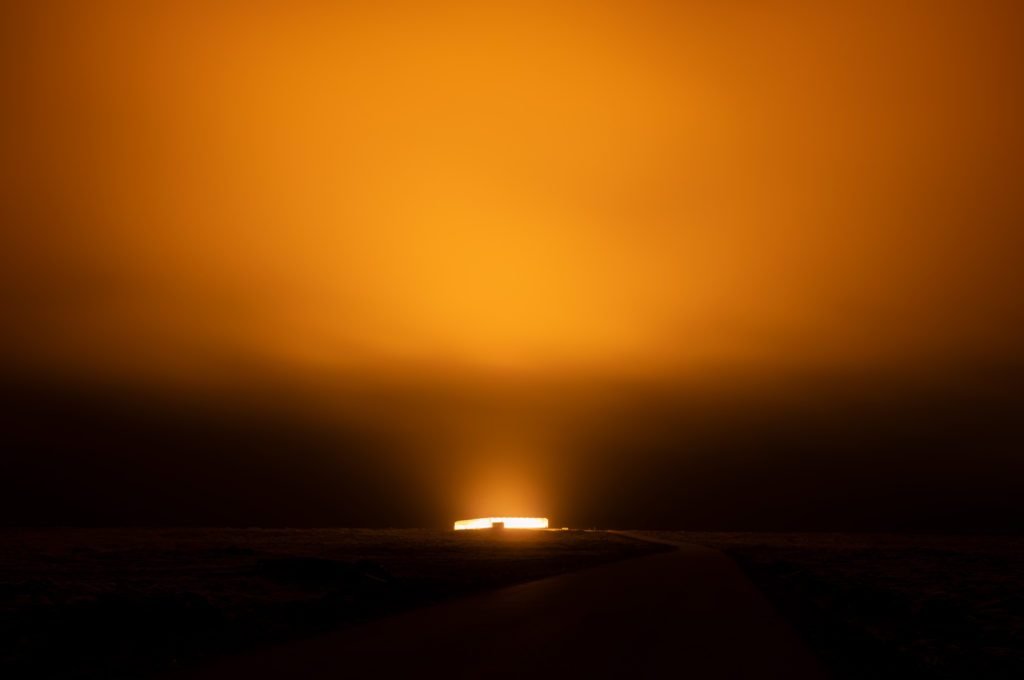
Testing the 24mm F2 DG DN Contemporary Under the Stars
I tested the 24mm F2 DG DN | Contemporary lens from August to October 2021 in my favorite nearby dark sky sites in New England, and also during my annual aurora photo tour in Iceland. I’m impressed with the results. The lens is fairly sharp corner to corner at F2 and shows very minimal levels of either coma or chromatic aberrations. And I tested this on an extreme level when mounted on the SIGMA fp L camera which has a 61-megapixel sensor. With 2-3 times more resolution on the fp L than a typical digital camera, any optical issues would be boldly visible when looking at starfield images at 100%. On some of the images, I slightly closed the aperture to F2.2 for slightly sharper results, but most of the time I was using it at F2.
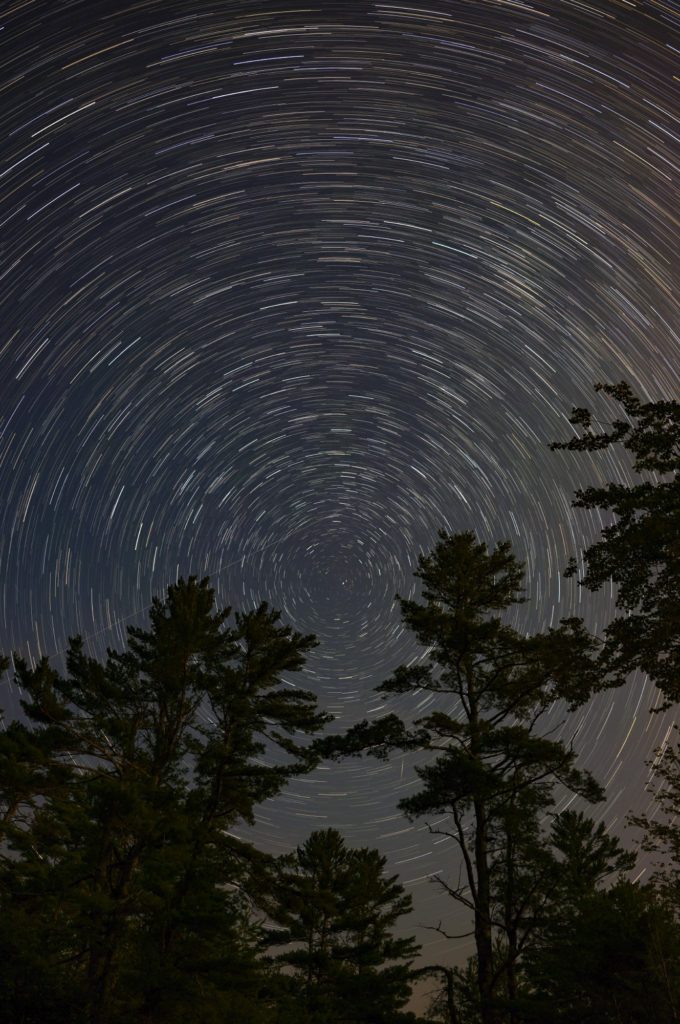
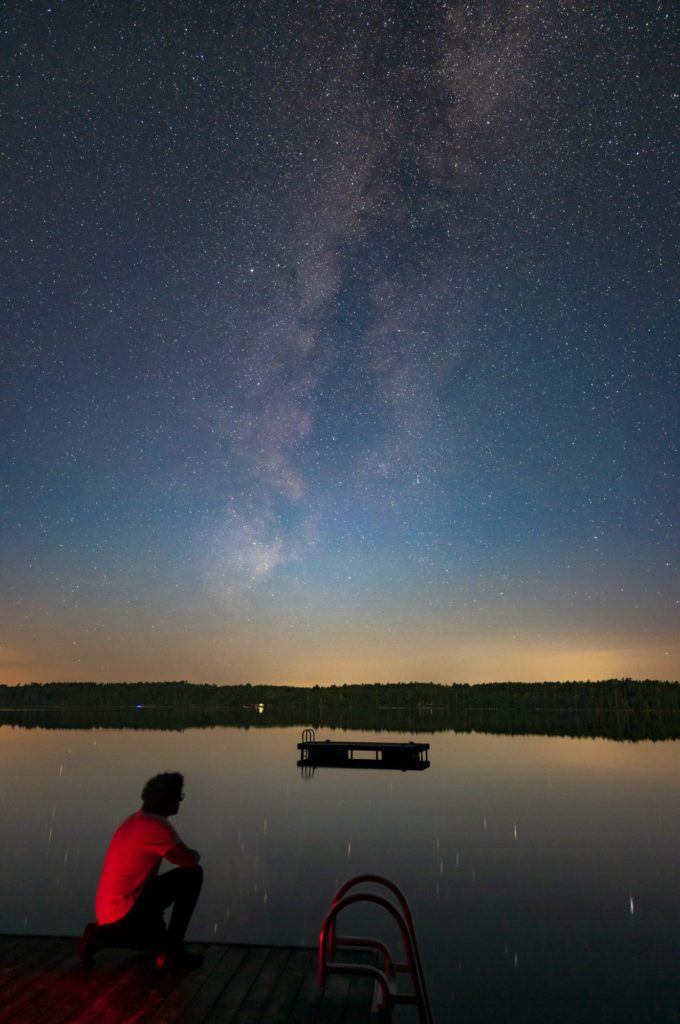
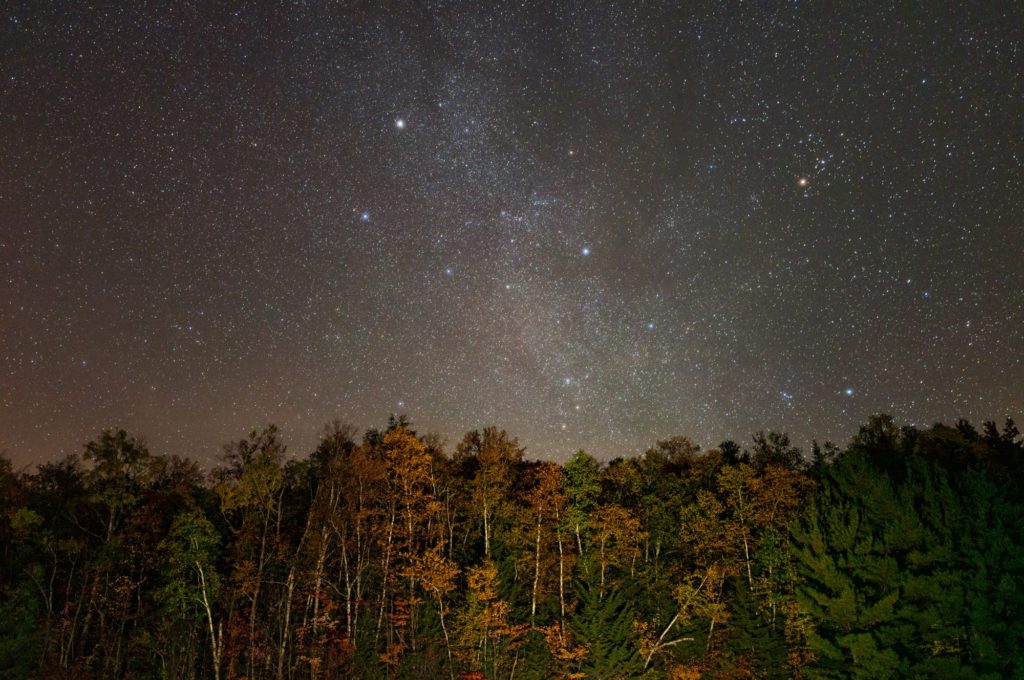
In planning for my nightscape photography, the aimed targets and idea is often narrowed down based on the size and weight of gear and how far the hike or climb would be. If I aim to capture a target close to the camp or the car, I would use my favorite ultimate fast prime lenses such as the 14mm F1.8 DG HSM | Art, 35mm F1.2 DG DN | Art, or 105mm F1.4 DG HSM | Art. But a small, professionally-useful fast lens like the 24mm F2 DG DN | Contemporary — at only a fraction of the size and weight (just 365g) — opens plenty of opportunities for long walks both at night and during the day, since the lens has accurate autofocus too.
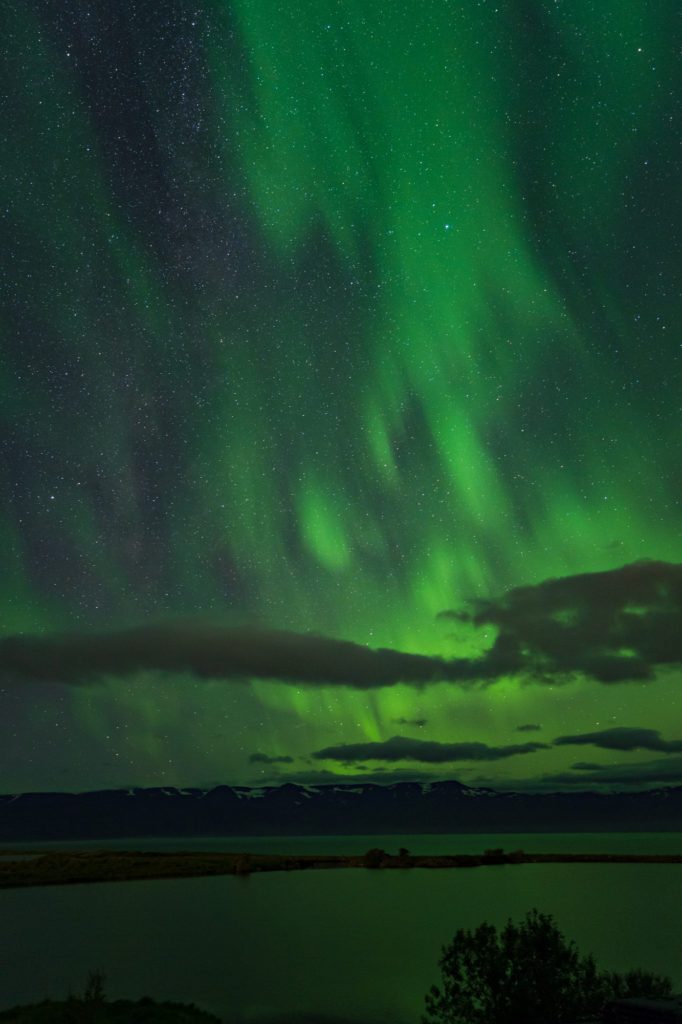
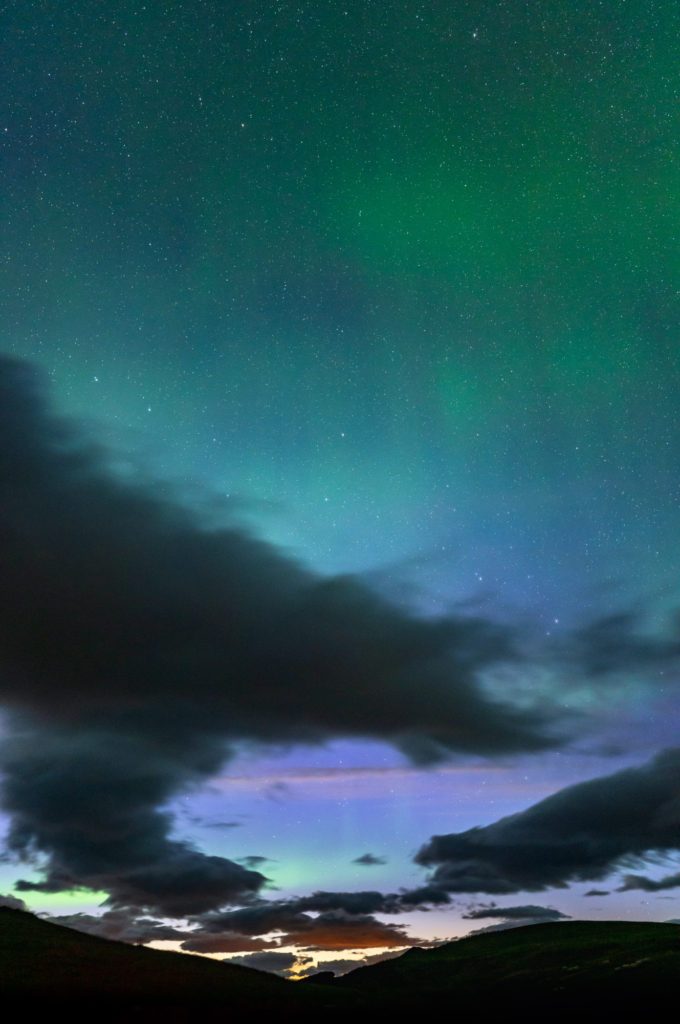
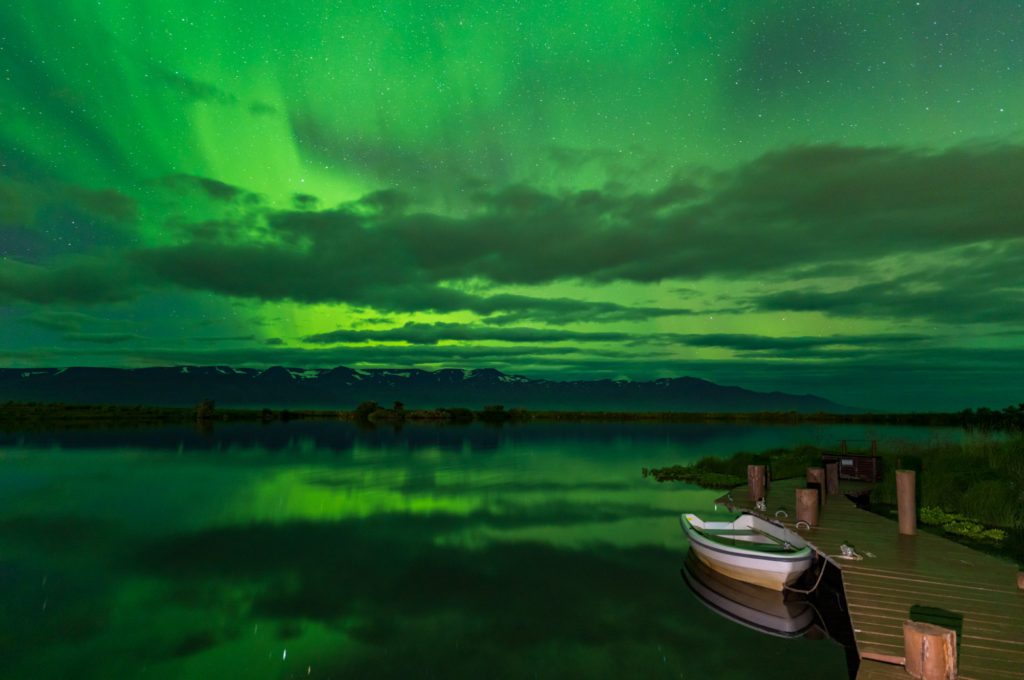
Another helpful option on this lens (and several other SIGMA DG DN lenses) is the manual aperture ring. This is certainly helpful for cinematographers, but it also provides better ergonomics for a still photographer, and I found it very useful in the dark.
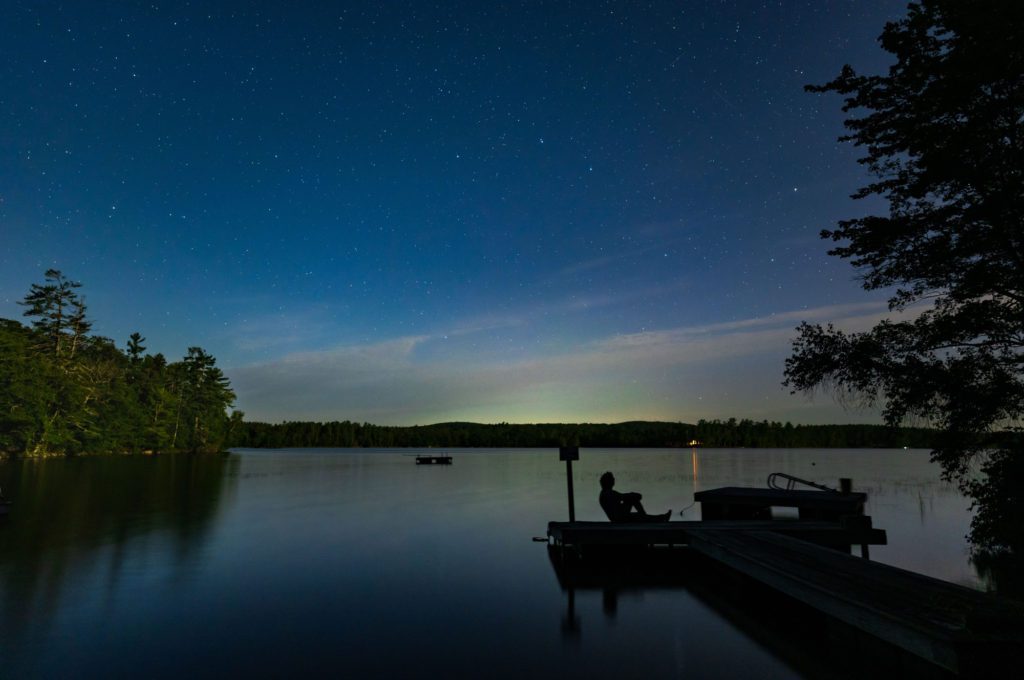
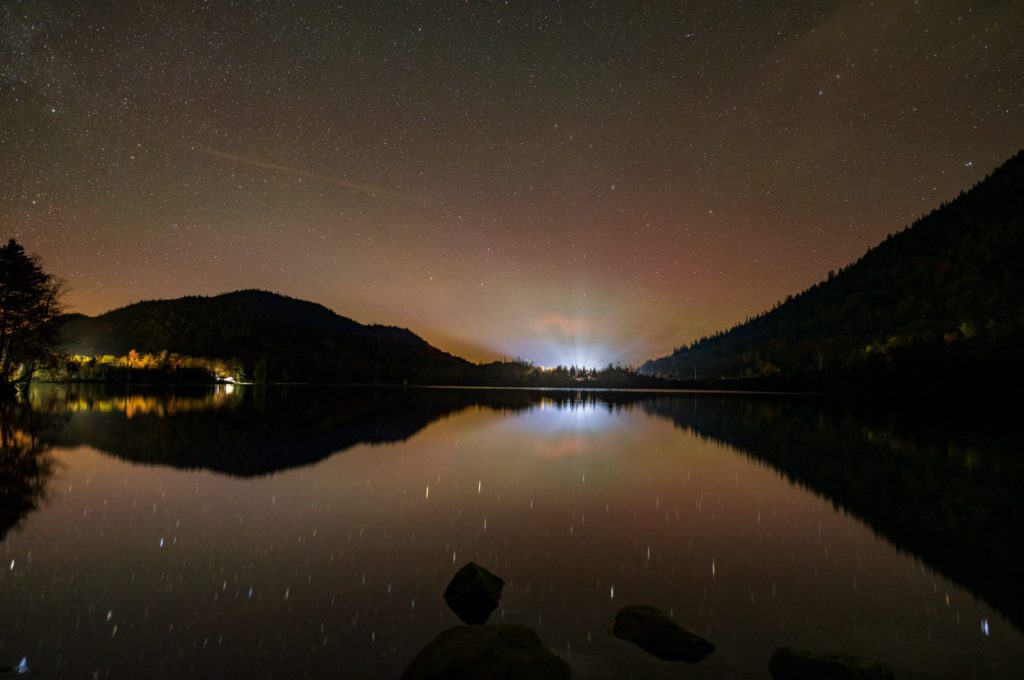
Time-Lapse and Close-up Photography
I also tested the aperture function over long time-lapse sequences. A typical issue in time-lapse imaging is aperture flicker. With most modern lenses, the aperture is controlled electronically and the diaphragm may change slightly between shots, even if you are on full manual mode or a fixed aperture. That tiny variation of diaphragm size on each shot, resulting from mechanical inconsistencies, may appear on the final time-lapse video as a distracting flicker of light. The typical workaround is to use a manual lens or to use the lens only at its widest aperture. I was pleasantly surprised to see almost no aperture flicker at F2, F2.8 or F4 on this lens (although I did not test on higher aperture settings).
And although the SIGMA 24mm F2 DG DN | Contemporary is not made for macro photography, I tested the lens on a few small subjects at night. The minimum focusing distance is only 4.5 inches from the lens front. I was capturing handheld stills and videos of a katydid on our porch, singing at night while slowly walking on a rose flower. The 2-inch long insect looks like a walking green leaf! Paired with the great resolution of SIGMA fp L camera, the photo with the 24mm lens does reveal remarkable details of this small target.
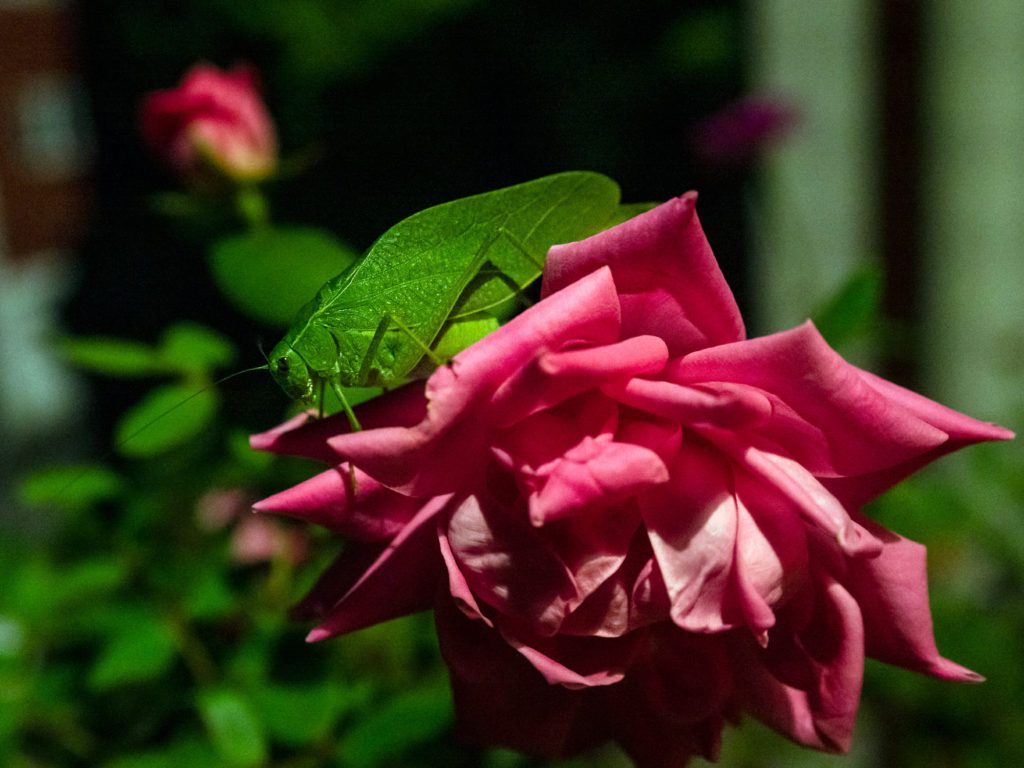
Overall Thoughts and Recommendations
While there are several faster wide-angle Art line lenses for a night photographer with excellent performance at F1.4 and even F1.2, I believe the 24mm F2 DG DN | Contemporary has its place. On one hand, it is very attractive to an outdoor professional photographer, when a compact light lens is needed. On the other, it has the potential to become a widely popular lens to hobbyists who wish to try night photography but do not want to spend a great deal of money on high-end, faster lenses, or are unsure if they can manage the size and weight of them during night adventures.
